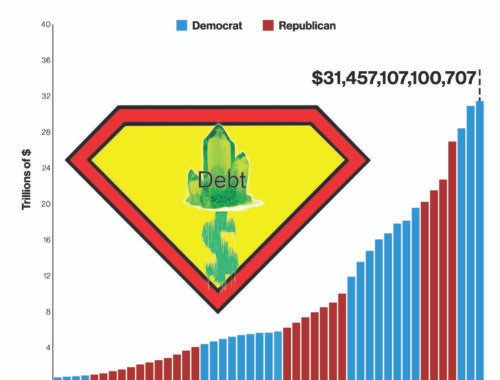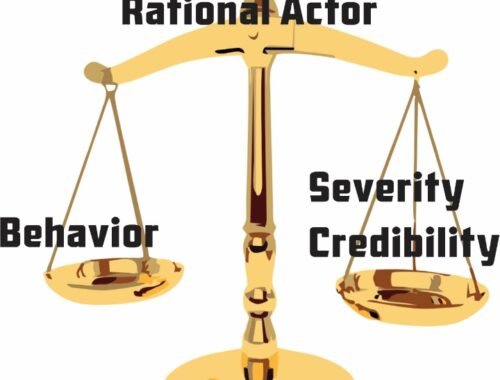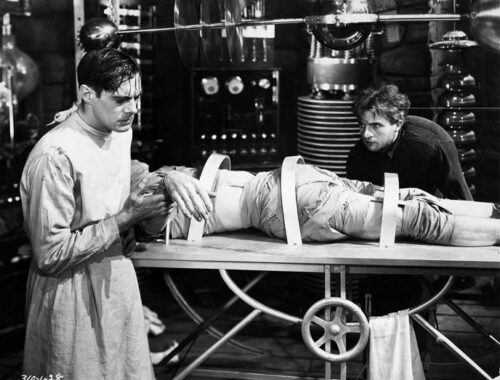Social Justice and the Free-Rider Problem
Lead image Source: cse.hkust.edu.uk This blog picks up on prior entries on the tragedy of the commons, rational actors, regulatory capture, and rent-seeking. For reference, see these blogs: The Tragedy of the Commons: The Political Commons The Tragedy of…
Can a Free Republic be a Superpower: Part 4 Toxic Debt
Toxic Debt threatens not only the ability to be a superpower, but our entire way of life. When I was in Bosnia right after the 911 attacks, many of our soldiers said this could never happen in the US. I…
Can a Republic be a Superpower Part 3: Operational Security, Transparency, and Security
When I looked at the question, Can a Free Republic be a Superpower?, the conflict between transparency and security troubled me. I set the series aside for a bit and was reminded of it when I wrote a post…
Can a Free Republic be a Superpower: Part 2b: Superpower or Sleeping Giant?
Potential Energy (source https://www.livescience.com/65548-potential-energy.html) Japanese Admiral Yamamoto reportedly said, “I fear all we have done is to awaken a sleeping giant and fill him with a terrible resolve.” after WWII. The US quickly mobilized society and all elements of…
Part 3a – Cognitive 101
Part 3a – Cognitive 101 This is a long, technical piece to provide some background on cognitive issues discussed in the series. It skims the surface of many key issues but provides an extensive bibliography for even more in-depth research…
The Fentanyl Attack
With all the reporting on the fentanyl crisis, a question has been growing in my mind: Why would a drug cartel want to kill off its customers? For that is exactly what is happening with fentanyl. The answer may be…
Part 1-Citizen Resiliency in a Republic
Truth Is the First Casualty in War “God is not averse to deceit in a just cause.” Aeschylus “Truth is not the first casualty of war alone: it is the first casualty of populism “ Theodore Dalrymple “Truth is…
Deterrence and the Interagency Process, Part 2: Interagency
“The evolution of the interagency process parallels Americas [sic] purposeful adaptation to changing global realities of the last five decades. But it is not an orderly evolution because of serious structural and cultural impediments, such as discontinuities from one administration…
Creating the Monster: The American Bureaucracy
Source: http://www.fernbyfilms.com/wp-content/uploads/2016/05/photo-frankenstein-1931-2.jpg “The path toward the creation of the modern American state was not linear as some would suspect, but neither was it merely thrown off course by the Progressives in the early twentieth century. It began in the…
Real Reform, Part 4: The Supreme Court and the Judiciary
The Supreme Court and the judiciary have operated outside of the Constitution since 1803, when the court decided on Marbury v Madison. In this case, the Chief Justice, John Marshall, asserted the court’s right to judicial review. Nothing in…










